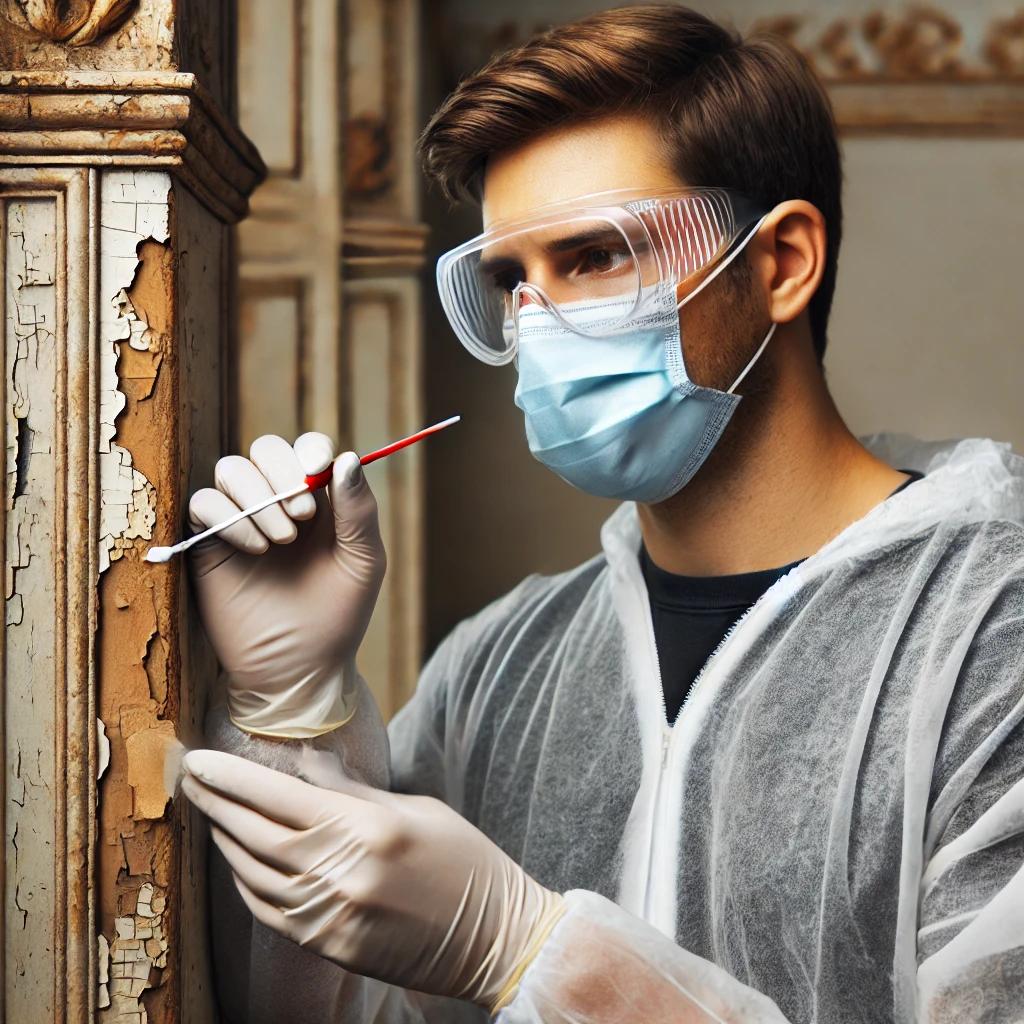Lead Paint: How to Keep Your Family Safe
Lead-based paint was commonly used in homes built before 1978 due to its durability and vibrant color retention. However, once the dangers of lead exposure became widely recognized, its use was banned in residential properties. Despite this, many older homes still contain lead paint, often hidden under layers of newer, non-toxic paint. If disturbed, lead particles can become airborne, creating serious health risks, especially for children and pregnant women.
Health Risks of Lead Exposure
Exposure to lead can have severe and long-lasting health effects. Young children are particularly vulnerable because their developing nervous systems absorb lead more easily than adults. Lead poisoning can cause:
- Neurological Damage: Cognitive impairments, learning disabilities, and behavioral issues.
- Physical Health Issues: Headaches, fatigue, and loss of appetite.
- Developmental Delays: Reduced IQ, attention deficits, and speech problems.
- Organ Damage: Long-term exposure can affect the kidneys, liver, and heart.
Even small amounts of lead dust can accumulate over time, making proper identification and remediation crucial to ensuring a safe home environment.
How to Identify Lead Paint
If you live in an older home, it’s important to determine whether lead-based paint is present. Here are some ways to identify lead hazards:
- Professional Lead Testing: Licensed inspectors use specialized tools, such as X-ray fluorescence (XRF) analyzers, to detect lead paint.
- At-Home Test Kits: Available at hardware stores, these kits can indicate the presence of lead, though they may not be as precise as professional testing.
- Visual Signs: Peeling, chipping, or cracking paint, particularly around windows, doors, and baseboards, may indicate older lead-based paint.
Scraping, sanding, or disturbing painted surfaces can release lead dust, making it essential to conduct proper testing before any renovation or repair work.
Safe Lead Paint Removal
Removing lead paint requires specialized knowledge and safety precautions to prevent contamination. Homeowners should never attempt to remove lead paint on their own, as improper handling can increase exposure risks. Instead, consider the following safe removal methods:
- Encapsulation: Applying a special coating over lead-based paint to seal in harmful particles.
- Enclosure: Covering lead-painted surfaces with drywall or other barriers to prevent exposure.
- Professional Abatement: Certified lead removal specialists use containment barriers, HEPA vacuum systems, and protective gear to safely eliminate lead hazards.
Preventing Lead Exposure
If your home contains lead paint but removal is not an immediate option, consider these preventive measures:
- Keep surfaces clean: Regularly wipe down floors, windowsills, and other high-contact areas with damp cloths to reduce lead dust.
- Maintain painted surfaces: Prevent chipping or peeling by keeping painted areas well-maintained.
- Wash hands frequently: Ensure children wash their hands often, especially before eating, to prevent accidental ingestion of lead dust.
- Use HEPA filters: High-efficiency particulate air (HEPA) filters can help capture airborne lead particles.
Addressing lead paint hazards is essential for protecting your family’s health and ensuring a safe home environment. If you suspect lead paint in your home, consult a certified professional for proper assessment and removal. Contact us today!

